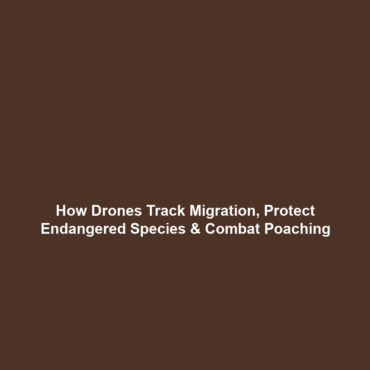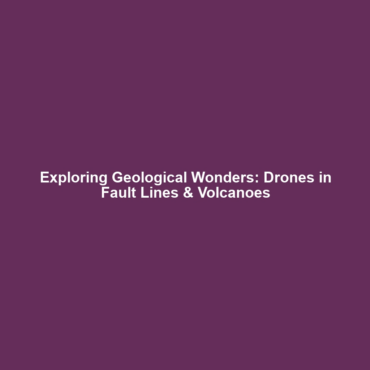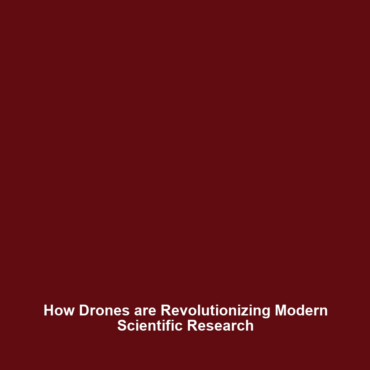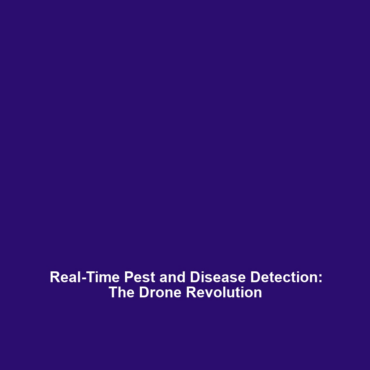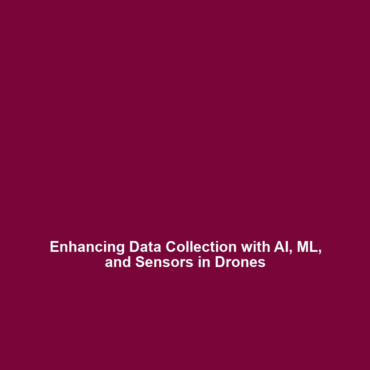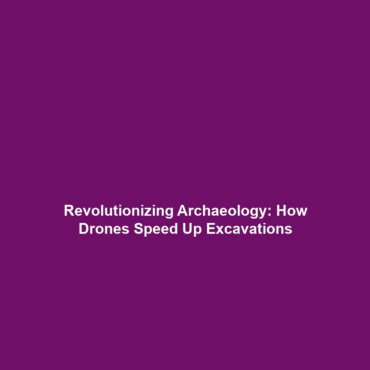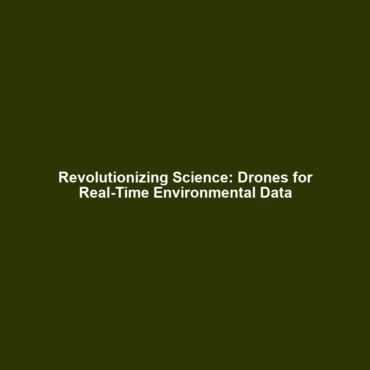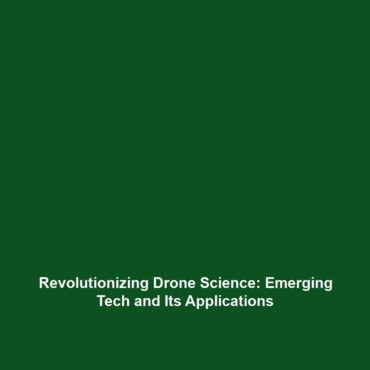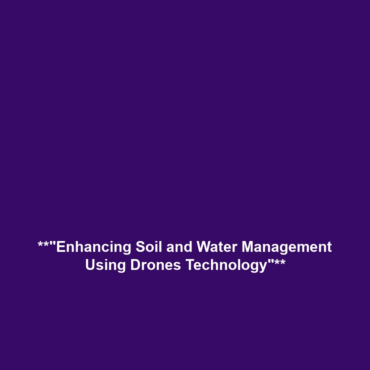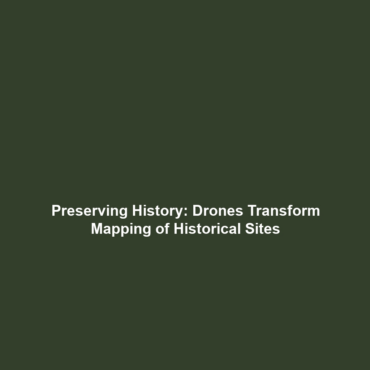The Role of Drones in Tracking Migration Patterns, Endangered Species, and Illegal Poaching Activities
Introduction
Drones have emerged as transformative tools in the field of science, particularly in the monitoring and conservation of wildlife. Their ability to collect precise data, fly over difficult terrain, and provide real-time insights is significant. The role of drones in tracking migration patterns, endangered species, and illegal poaching activities highlights their importance in the protection of biodiversity and ecological balance. As scientists and conservationists increasingly integrate these technologies into their research, drones are set to revolutionize our understanding of wildlife behavior and preservation in the ever-changing landscape of environmental science.
Key Concepts
Understanding the role of drones in tracking migration patterns, endangered species, and illegal poaching activities is essential for leveraging technology in wildlife conservation. Here are some key concepts:
1. Remote Sensing Capabilities
Drones equipped with high-resolution cameras and sensors can capture detailed images and data, making them ideal for monitoring wildlife habitats and behavior.
2. Geographic Information Systems (GIS)
By integrating drone technology with GIS, researchers can analyze spatial data related to animal migrations and poaching hotspots effectively.
3. Conservation Outcomes
Utilizing drones in conservation research facilitates the collection of valuable data that can inform policy-making and enhance protection strategies for endangered species.
Applications and Real-World Uses
The applications of drones in tracking migration patterns, endangered species, and illegal poaching activities are numerous and impactful. Some notable examples include:
- Migration Tracking: Drones can follow migratory routes of birds and mammals, collecting data on their movement patterns, which aids in understanding climate change impacts.
- Endangered Species Monitoring: Drones assist in monitoring populations of endangered species, allowing researchers to gather data without disturbing their natural habitats.
- Anti-Poaching Operations: In regions where wildlife poaching is prevalent, drones provide surveillance capabilities that enhance security and help protect vulnerable animals.
Current Challenges
Despite their potential, several challenges hinder the widespread adoption of drones in studying and applying wildlife monitoring techniques:
- Regulatory Challenges: Stringent regulations governing drone usage can limit research efforts.
- Technical Limitations: Battery life and payload capacity may restrict the operational capabilities of drones.
- Data Management: The vast amount of data collected poses challenges in data analysis and interpretation.
Future Research and Innovations
Innovations in drone technology and methodologies promise to improve and expand the role of drones in wildlife monitoring. Future research may focus on:
- Advancements in AI and machine learning to analyze drone-collected data more efficiently.
- Enhanced battery technologies that extend flight times and enable longer data-gathering missions.
- Development of autonomous drones capable of operating without human intervention, increasing coverage and efficiency.
Conclusion
The role of drones in tracking migration patterns, endangered species, and illegal poaching activities presents a significant advancement in environmental science and conservation efforts. As technology continues to evolve, the integration of drones into wildlife research will foster more effective conservation strategies and enhance our understanding of ecological dynamics. For more information, consider exploring additional resources on wildlife conservation efforts and drones in research methodology.
